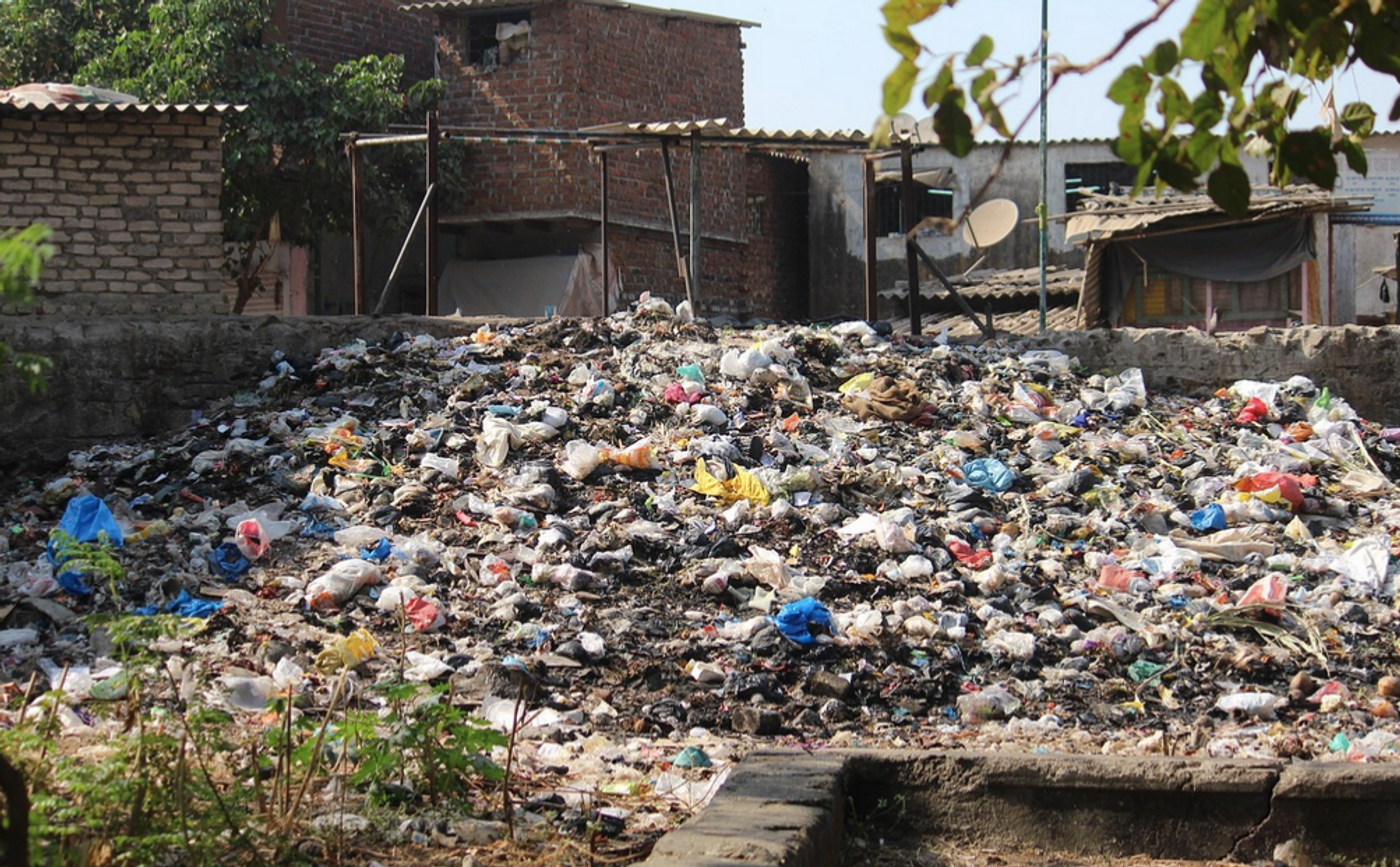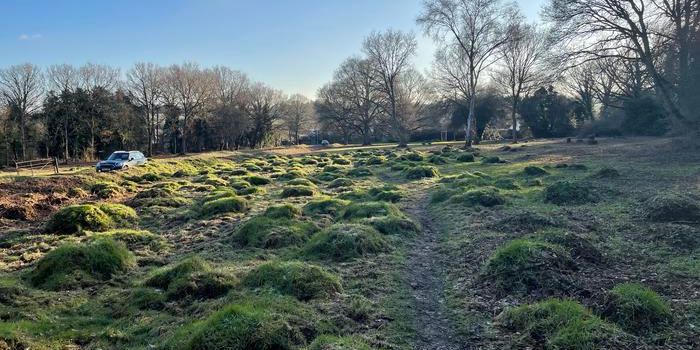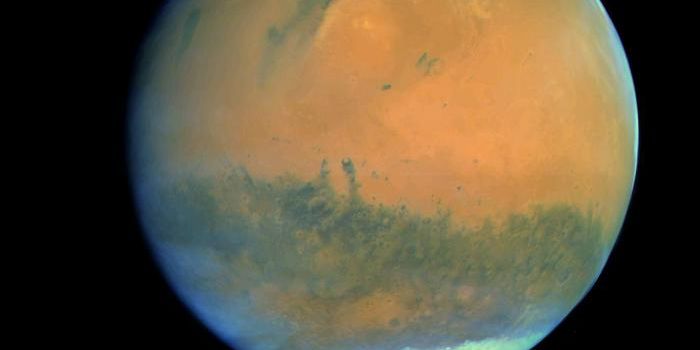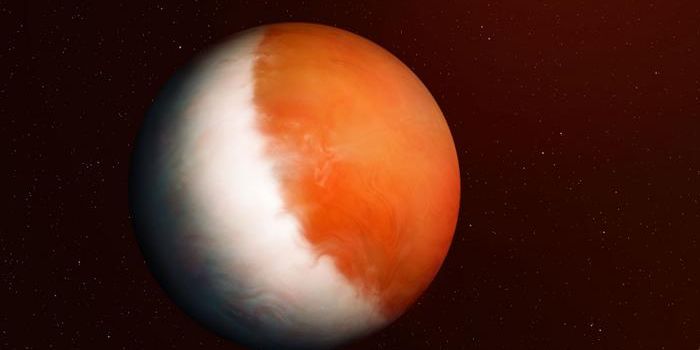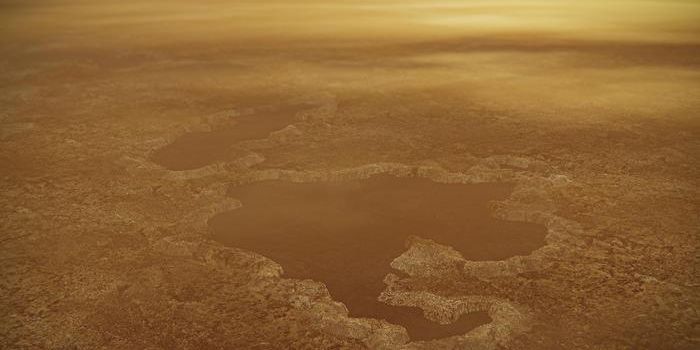Microplastics are Now Also Found in Plant Leaves
Plastics are everywhere in our world, and these tough chemicals that are used in everything from food packaging to roofing materials don't dissolve or biodegrade. They simply break down into smaller and smaller pieces known as microplastics and nanoplastics. And those tiny plastic bits have made their way into everything from soils to the human brain. A new study has now shown that airborne microplastics can even penetrate plant leaves. Reporting in Nature, scientists determined that plant leaves are able to absorb microplastics from the air, which leads to high levels of plastic polymers in plant growth. The investigators found evidence of polyethylene terephthalate (PET) and polystyrene (PS) in several environments, including cities and agricultural sites.
In this study, the researchers took samples of leaves from four locations around Tianjin, China: a public park, university campus, landfill, and a factory that manufactures Dacron - a polyester material made by DuPont.
The plant leaves were collected and washed with distilled water and ethanol prior to analysis to remove surface contamination. PET contractions were as high as tens of thousands of nanograms for every gram of dry leaf at the most polluted places, and this pattern was the similar for PS. The scientists found that plant leaves from areas near the Dacron factory and landfill carried plastics at levels that were two times higher than in leaves from the campus and park.
The work also showed that PET and PS were present in nine leafy greens. Crops that were grown in the open air were more contaminated with plastics than those grown in greenhouses. With microscopy, the investigators were also able to see nanoparticles of PET and PS in plant tissue.
Leaves that were older and on the outer parts of vegetables also carried higher nanoplastic levels compared to younger leaves, which seems to indicate that these chemicals can build up in plants over time.
Plastic absorption in leaves was also simulated in the laboratory. The researchers found that nanoplastics can get into leaves, and then work their way into specific parts of the leaves like vascular tissue and trichomes.
Previous work has also shown that plants can take up nanoplastics that contaminate soil. But this study seems to show that the parts of plants that are exposed to the air will take up more nanoplastics through exposure to the air than they do through roots.
When the scientists exposed maize plants to dust that was full of plastic bits, the PET that got into the leaves could be detected and measured after only one day. These conditions did not cause PET to penetrate roots or stems. But when the plastic particles were flouorescently labeled, the investigators saw them migrating through plant stoma, and through an apoplastic pathway.
Since plastic polymers and pieces were found in the edible parts of plants, this work has shown that plants that are grown in the open air can be significantly contaminated with microplastics, which are now infiltrating plant and animal life in several ways.
Now, it's important to learn more about what the consequences of all of this plastic exposure are to the environment and everything within it.
Sources: Nature
